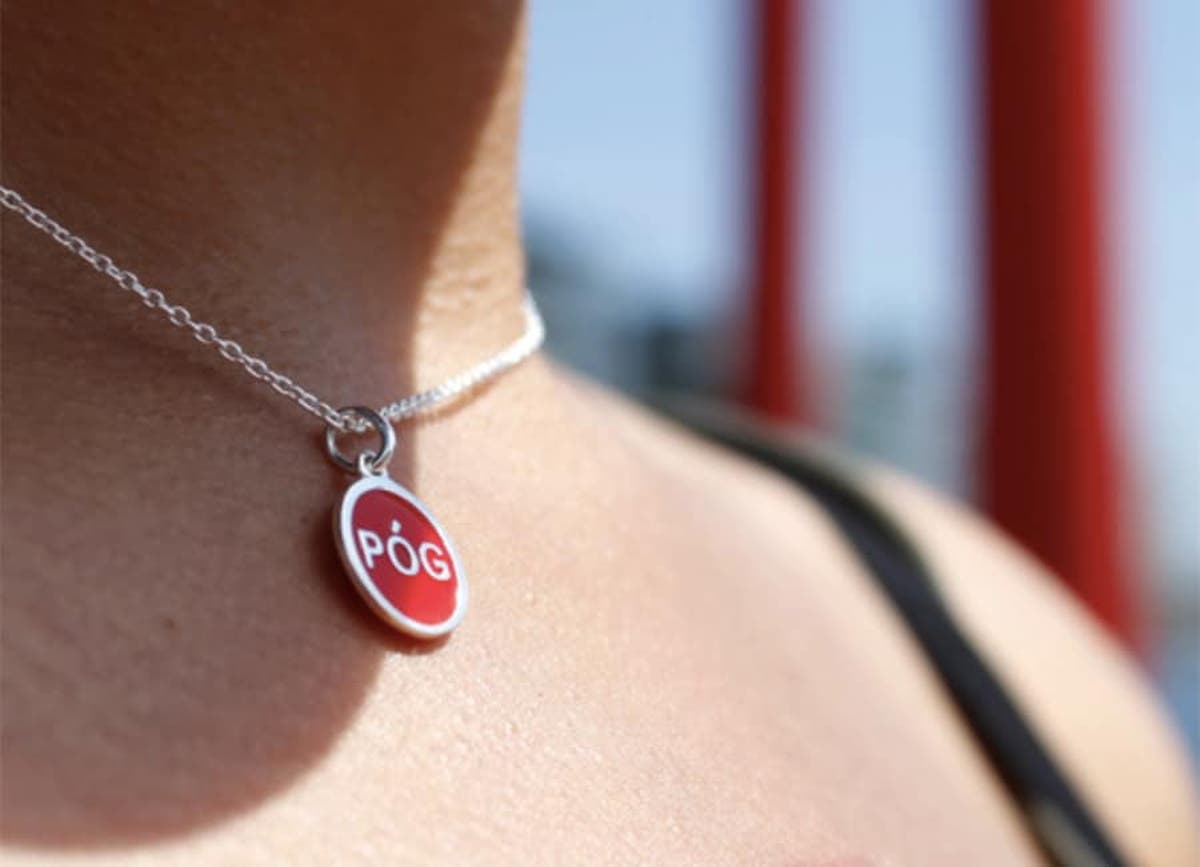Meat substitute market set to be worth $6.1b by 2023
The global meat substitute market is expected to be worth $6.1 billion by 2023, according to new report “Global Meat Substitutes Market (2018-2023).”
According to the research, rising health issues tied to excess consumption of meat products and increasing awareness of the environmental impact of animal production are major factors driving consumers’ shift towards meat substitutes.
“The emerging trend in the meat substitutes market includes diversification of raw materials used in the making of alternative meat products, primarily shifting from soy and wheat to recognizable, clean-label ingredients and high-quality protein, which appeals to non-vegans and non-vegetarians,” the report noted.
What are the substitute products?
The different product types offered in the meat substitute market include tofu and tofu-based products, tempeh, seitan, textured vegetable protein (TVP) and quorn. Tofu and tofu-based foods contributed to the largest market share of 43% in 2018 due to the ease of availability and high nutritional value.
Seitan is projected to show the highest CAGR of 8.3% during 2018-23 as it is steadily gaining popularity in the form of vegan comfort food. It is also being used in junk foods like burgers, pizza, fake fried chicken and kebabs. Due to its versatile nature, it is abundantly available in restaurants in Europe and the U.S.
Where do they come from?
The different types of sources from which the meat substitute products are derived include soy, wheat and mycoprotein, according to the report. The soy segment contributed the largest market share of 48% in 2018, owing to the awareness of its high protein content and various health benefits associated with it.
Wheat is expected to expand at a CAGR of 7.7% during 2018-23 because wheat gluten is a key ingredient for the preparation of seitan and also provides a high content of minerals, vitamin B and zinc, which the report relayed is essential for a meat substitute product. The mycoprotein segment is expected to expand at the CAGR of 7.8% during 2018-23 as mycoprotein is associated with numerous health benefits, such as stable blood pressure, improved digestive system and lower cholesterol.
Who is substituting the most?
The meat substitute market in Europe is expected to expand at the highest CAGR of 9.3% during the 2018-23 period. The research suggested that this market is driven by the rise in health-conscious consumers due to growing incidences of diseases and health conditions coupled with the trend of flexitarian lifestyle that has been fueling the market for meat substitutes.
The North American meat substitute market is expected to expand at a CAGR of 5.9% during the forecast period, driven by the presence of innovative start-ups like Meatless B.V., Beyond Meat and Next Level Burgers, which offer a wide range of alternatives to meat.
In 2018, the Asia Pacific region contributed nearly $1 billion to the total meat substitute market. This was driven by industrial growth and improvements in the food industry that provided new opportunities for the meat substitute market in this region, the report noted.
In Europe, the contribution of new product launches from the meat substitute category increased from 9% in 2013 to 11% in 2018 (January to September). This trend was also seen across the globe, with new product launches increasing from 6% to 14%.





